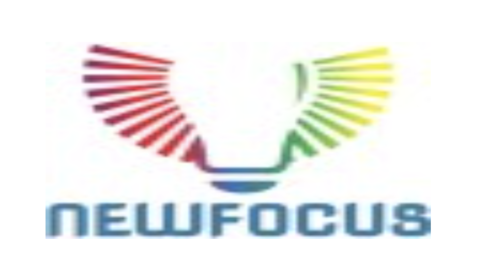  |
|
OPTICAL WIRELESS COMMUNICATION (OWC) |
|
Optical Wireless Technology for the Future Intelligent and Fully Connected World |
Abstract: To go beyond the realization of the Internet of Everything, which will be addressed by the full deployment of 5G networks, and to add to the future telecommunication networks the notion of intelligence, the future 6G networks require extremely low latency and high reliability, scalability, as well as enhanced quality-of-service and quality-of-experience in sophisticated scenarios. This can be seen as a prerequisite to going towards a fully automated and intelligent world where billions of devices are connected via the local- and public-based cloud networking. Furthermore, the need to precise localization, as well as improved energy efficiency and reduced carbon footprints become of premier importance. These requirements mainly arise from emerging multimedia applications and the exponential increase in the number of smart sensors and devices.
To address these requirements and the associated challenges, optical wireless communications (OWC) are seen as a promising approach in a variety of application areas, given the limited available radio frequency spectrum. Indeed, thanks to the numerous operational and technical advantages offered by OWC, we have been witnessing increased research and development activities in the past two decades or so, which have led to the development of new solutions capable of delivering ubiquitous, high date rates, and low-cost wireless network access in a variety of scenarios. Nevertheless, there exist still several technical challenges that need addressing before a wide-spread deployment of OWC. In particular, the recently launched COST Action CA19111 on European network on future generation optical wireless communication technologies (NEWFOCUS) aims to serve as a global networking platform through capacity building of all relevant stakeholders including universities, research institutions, major industry players, small medium enterprises, governmental bodies, and non-governmental organizations.
The aim of these sessions is to provide a forum for researchers from academia and industry to present the latest research and development findings as well as sharing their views on different aspects of OWC systems from fundamental to applied. The session will cover ultraviolet, visible, and infrared bands from design to standardization.
Session 1: OWC for Future Indoor Enhanced Connectivity
1- A hybrid Wi-Fi/LiFi network to deliver 5G services in premises
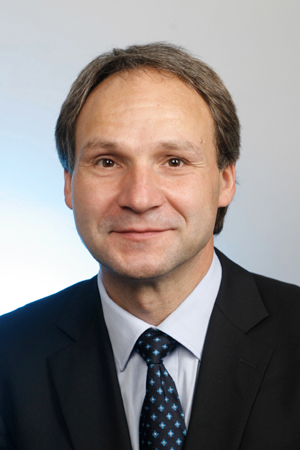 Prof Volker Jungnickel, Fraunhofer HHI, Germany
Prof Volker Jungnickel, Fraunhofer HHI, Germany
Short biography: Volker Jungnickel (M) received PhD and habilitation in Physics and Communications Engineering in 1995 and 2015, respectively. He joined Fraunhofer HHI in 1997, working on optical wireless communications, multiple antennas in mobile networks and fixed optical access networks. Volker teaches and supervises thesis at TU Berlin, where he was appointed as extraordinary professor in 2021. Volker serves in optical wireless standards as chair of IEEE P802.15.13 and as technical editor of IEEE P802.11bb.
2- Multi-Gigabits/second Indoor Optical Wireless Networks –Systems and Architecture
Abstract: Optical wireless communications are seeing rapid progress through system technologies supporting beam-steering, high capacity, user mobility , optical localization, and security using optical layer approaches. New approaches to protocols and architectural considerations are being investigated to guarantee low-latency links and seamless integration with other alternative wireless access modalities via a common universal architecture. This presentation will cover present an overview of a universal architecture that can support optical wireless coexisting with other alternative wireless access technologies and discuss optical system technologies.
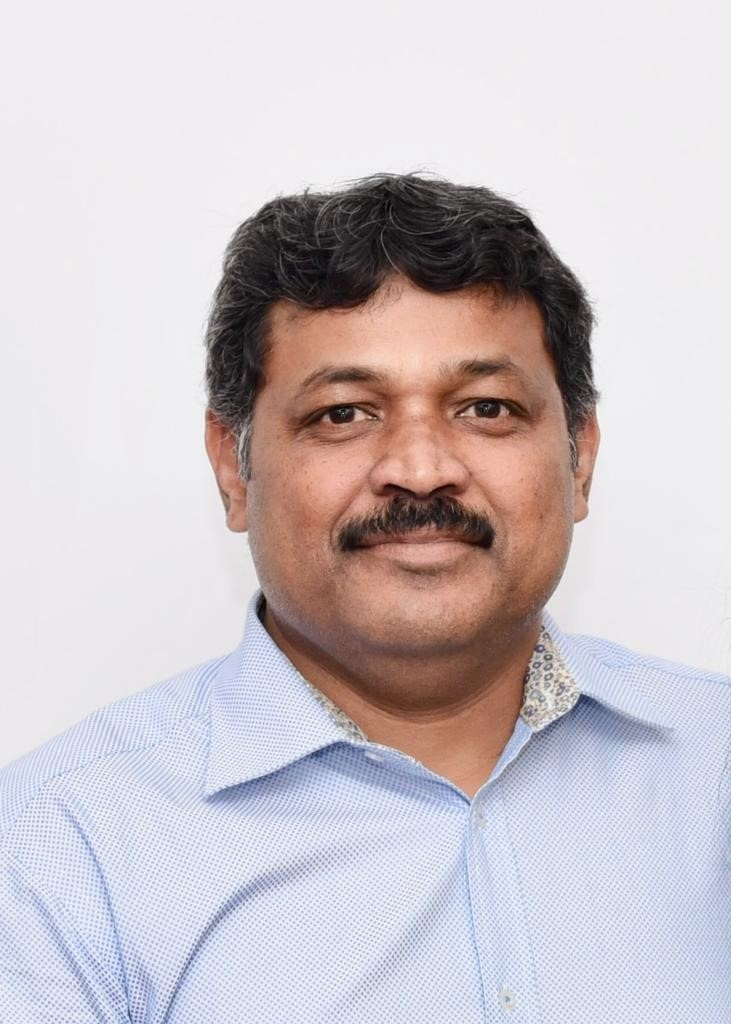 Prof Ampalavanapillai Nirmalathas, University of Melbourne
Prof Ampalavanapillai Nirmalathas, University of Melbourne
Short biography: Thas Nirmalathas is a Professor of Electrical and Electronic Engineering. He is also the Leader of the Wireless Innovation Lab at the Department of Electrical and Electronic Engineering, The University of Melbourne. Prof Nirmalathas obtained his BEng and PhD in Electrical and Electronic Engineering from the University of Melbourne in 1993 and 1998 respectively. Between 2000 and 2004, he was the Director of Photonics Research Laboratory (Melbourne Node of Australian Photonics CRC) and also the Program Leader of Telecommunications Technologies Program. From 2004 to 2006, he was the Program Leader for the Network Technologies Research Program in NICTA. He was also the acting Lab Director of VRL in 2007. Between 2006 and 2008, He was the Research Group Manager of the Networked Systems Group of Victoria Research Laboratory (VRL) at the National ICT Australia (NICTA), a premier Australian research centre of excellence in ICT. Between 2010 and 2012, he was the Head, Department of Electrical and Electronic Engineering at the University of Melbourne. In 2012, he co-founded the Melbourne Accelerator Program (MAP http://themap.co) to support the entrepreneurial activities of the University Community through business acceleration methodologies and was the director of MAP until 2015. He was the Director of Networked Society Institute between 2014 and 2019 and provided leadership to the institute. Networked Society Institute was a catalyst in supporting interdisciplinary research tackling societal challenges through exploration of connectivity between people, places and things. His research interests include microwave photonics, optical-wireless network integration, broadband networks, and scalability of telecom and Internet services. He is a Senior Member of IEEE and the Optical Society of America, and a Fellow of the Institution of Engineers Australia. Professor Nirmalathas is currently the Chair of IEEE Photonics Society’s Future Technologies Task Force and also the co-chair of IEEE Future Networks Initiative’s Optics Working Group. He is also the deputy co-chair of National Committee on Information and Communication Sciences of the Australia Academy of Sciences. He serves on the Board of Directors for the Oceania Cyber Security centre.
3- Optical Wireless Communication inherits the merits and the problems of both radio and fibre systems
Abstract: Radio-based wireless communication has a track record of many decades of improving performance. We see not only increasing bit rates offered to all users, but also dramatically increasing numbers of users that can be served simultaneously. The increasing density of Gigabits per second per square meter calls for MIMO approaches to separate user signals, and Medium Access Protocols that resolve contentions among various users. However, we increasingly see the benefits of communicating via light: It is naturally confined to smaller areas, say to a single room or to a targeted light beam. Directed light beams may require less effort to separate signals (resulting in lower power consumption) and can make it easier avoid conflicts in wireless traffic (making it easier to guarantee a Quality of Service and low latency). While commercially available office LiFi systems cover areas of several square meters, future indoor systems embrace the concept of sectorized beams, using arrays of LEDs or VCSELs and angular selective receivers. Eventually, the steering of thin laser beams promises fibre-like connectivity speeds per user. The research in this area benefits from experience in fibre communication but faces many of the challenges of wireless communication such as user mobility, such as the need to track users and the need to be robust against channel variations. These two fields traditionally have a different focus of research. In fibre, the channel conditions are as predictable and stable and not subject to major variations. Hence, a speeds race on Gbit/sec demonstrated on an optical table can be seen as an indicator of the innovation progress. In contrast to this, the radio community focussed heavily on statistical channel modeling and variability. To make the step from a system that worked once in a lab towards a reproducible that reliably works everywhere, anytime, under any circumstance with any use case one cannot rely on a finite number of experimental tests only. Similarly, for optical wireless communication, we see challenges in creating reusable models for channels, line of sight blockage, cell lay-outs, user and device mobility, etc. Moreover, wireless access points need to cover an area that is orders of magnitude larger than the detector surface. As the receiving device needs to be capable of detecting signals from a wide range of angles, the etendue limitations of the receiver optics and an unavoidable low-pass nature of the electronic link chain form bottlenecks in the achievable bit rate.
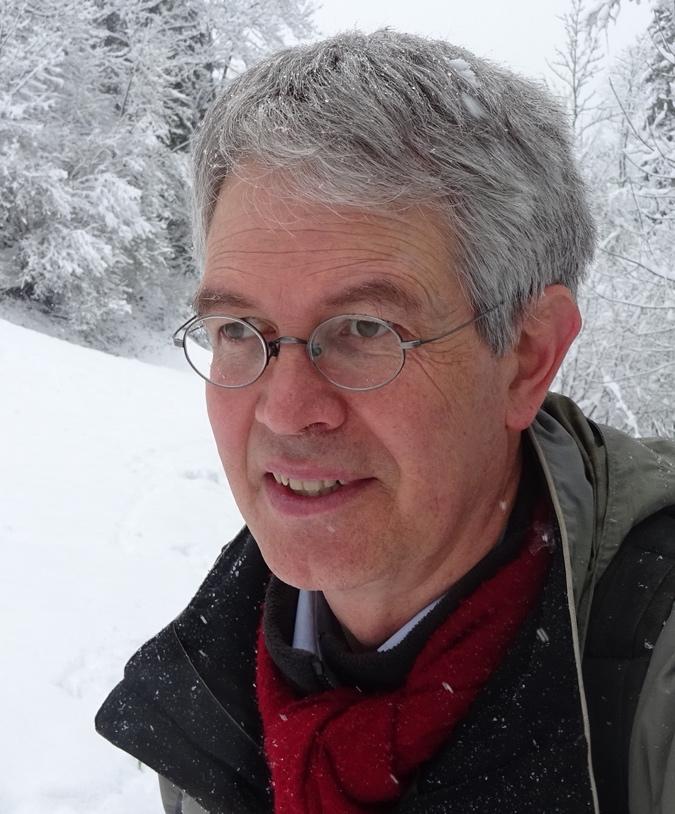 Prof Jean-Paul Linnartz, Einhoven University/Signify, Netherlands
Prof Jean-Paul Linnartz, Einhoven University/Signify, Netherlands
Short biography: Jean-Paul M. G. Linnartz is a Research Fellow with Signify (Philips Lighting) and a part-time professor with TU Eindhoven in the Netherlands. His current research focusses on Smart Lighting IoT Systems and on Optical Wireless Communication, in particular for the Signify TruLiFi systems. As a Senior Director with Philips Research, Eindhoven, he headed security and connectivity and IC design research groups. His inventions led to many granted patents and have been a basis for several successful ventures. His work has been cited over 12,000 times (GS). At the Dutch Organisation for Applied Physics, TNO, he worked on propagation modelling for radio relay systems. He is Fellow of the IEEE for leadership in security with noisy data. During 1992-1994, he was an Assistant Professor with the University of California at Berkeley where he worked on the Infopad Wireless Multimedia system and on communication networks for Autonomous Vehicles.
4- Serial versus parallel wireless optical indoor transmission: a comparison of PAM and DMT
 Dr Mike Wolf, University of Ilmenau, Germany
Dr Mike Wolf, University of Ilmenau, Germany
Short biography: Mike Wolf (mike.wolf@tu-ilmenau.de) received his diploma and Ph.D. degrees in electrical engineering from Ilmenau University of Technology, Germany in 1994 and 2002. He is currently working as a lecturer in the Communications Research Laboratory of Ilmenau University of Technology. He works and publishes in the areas of systems theory and communications, especially fiber optic communications, ultra-wideband communications, and wireless optical communications based on infrared and visible light.
Session 2 : OWC for Global Outdoor Connectivity
1- Outlook for Space Laser Communications Toward Beyond 5G/6G
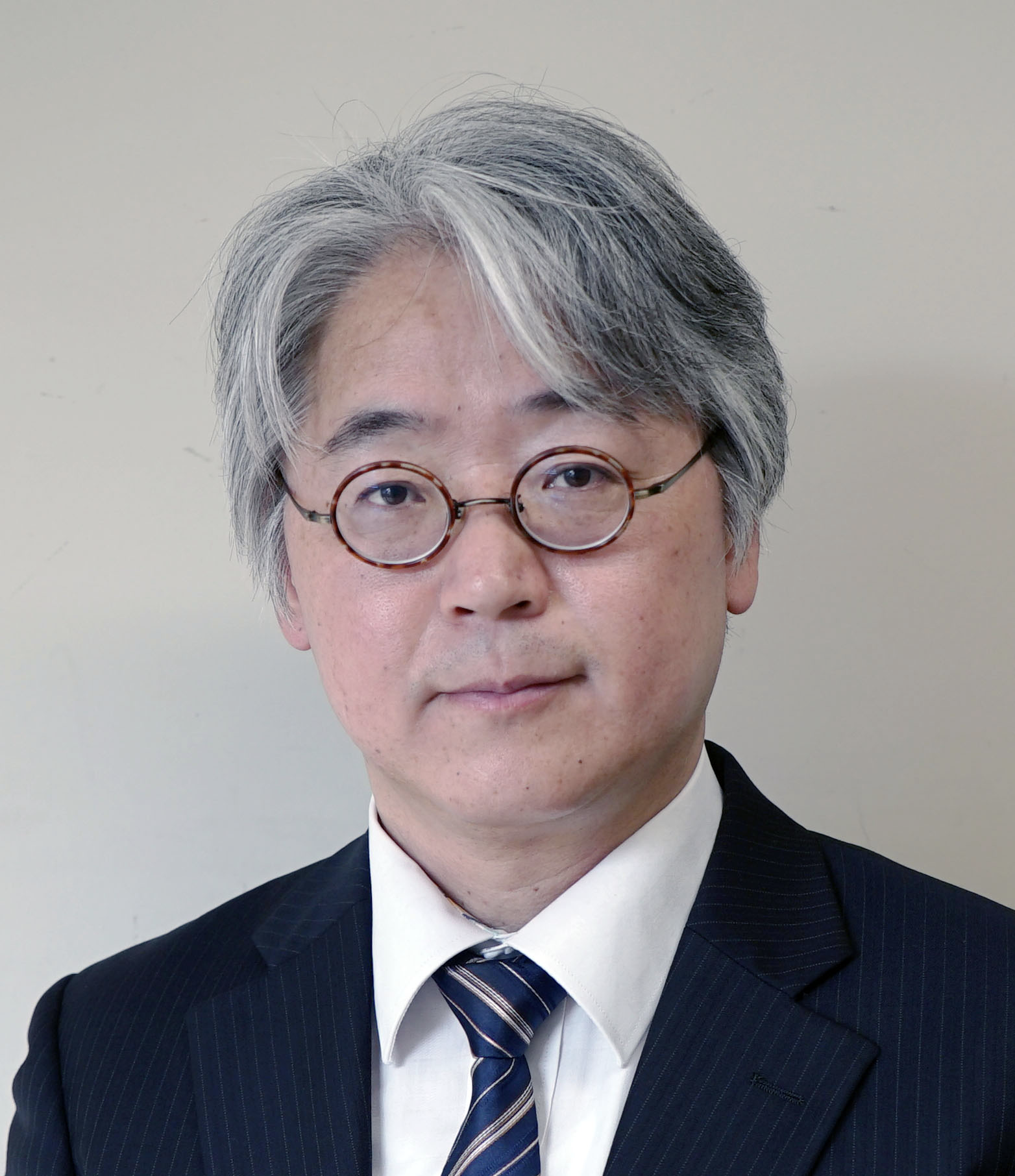 Dr Morio Toyoshima, NICT, Japan
Dr Morio Toyoshima, NICT, Japan
Short biography: Morio Toyoshima received a Ph.D. in electronic engineering from the University of Tokyo (Tokyo, Japan) in 2003. He joined the Communications Research Laboratory (CRL, Ministry of Posts and Telecommunications) in 1994 and shortly after was engaged in research for the Engineering Test Satellite VI (ETS-VI) optical communication experiment. He joined the Japan Aerospace Exploration Agency (JAXA; formerly, NASDA) to assist in the development of the Optical Inter-orbit Communications Engineering Test Satellite (OICETS) from 1999 to 2003. He spent one year as a guest scientist at Vienna University of Technology, Austria in 2004. In April 2006, he returned to NICT, where he performed ground-to-OICETS laser communication experiments in 2006. He was involved in the development of the Small Optical TrAnsponder (SOTA) for 50-kg-class satellites and conducted the satellite-to-ground quantum communication experiments. He was also involved in the development of the communication payloads for the Engineering Test Satellite 9 (ETS-9). He is now the Director General of the Wireless Networks Research Center in NICT, since April 2021.
2- Optical Wireless solutions and prospects for high-speed space communications
Abstract: The concept of space internet is becoming a true network. Driven by the growing needs for capacity, satellite communications are moving fast to deploy high speed OWC links. We will review the main design issues of the links, including the propagation effects and transceiver implementations. We will also introduce the issue of integration with conventional terrestrial networks
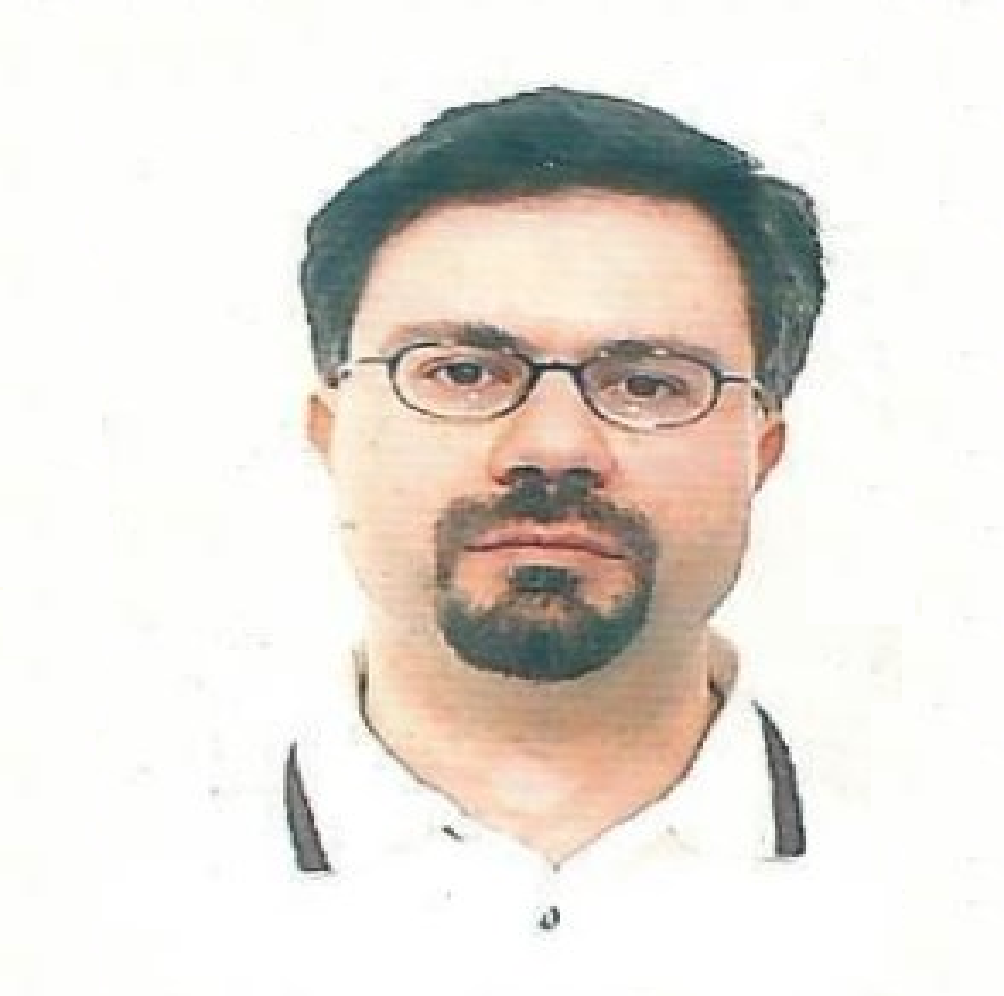 Prof. Ernesto Ciaramella, Scuola Superiore Sant’Anna, Pisa, Italy
Prof. Ernesto Ciaramella, Scuola Superiore Sant’Anna, Pisa, Italy
Short biography: Ernesto Ciaramella is Professor of Telecommunications at Scuola Superiore Sant’Anna, Pisa, Italy. He previously was a researcher at Alcatel, at Fondazione Ugo Bordoni (FUB), and at Centre for Studies and Laboratories in Telecommunications (CSELT). At CSELT, he was part of the working group that wrote the guidelines for the installation of WDM systems in the optical network of Telecom Italy.
His research interests include various areas of optical communications (components, systems, networks). His main research contributions are related to schemes for the regeneration of the optical signals, design of WDM systems for transport networks and access, and free-space optical systems (optical wireless communications). He is author or co-author of about 250 publications and holds 25 international patents.
He participated in several European research projects. He has been coordinator of the EU-FP7 project COCONUT (2012-2015), on coherent systems for WDM PON access networks. He is now principal investigator of ESA-TOWS project, about optical wireless systems.
Prof. Ernesto Ciaramella served as a member of the Technical Programme Committee (TPC) in the two major conferences on optical communications (OFC and ECOC). He has been Associate Editor of IEEE Photonic Technology Letters and of OSA Journal of Optical Communication and Networking.
3- Dr Majid Safari, University of Edinburgh, UK
4- Transmission of millimeter wave signals over free space optical networks
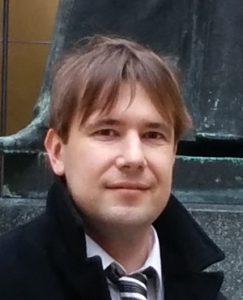 Prof. Stanislav Zvanovec, Czech Technical University, Prague
Prof. Stanislav Zvanovec, Czech Technical University, Prague
Short biography: Stanislav Zvanovec received M.Sc. in 2002, a Ph.D. in 2006 at the Czech Technical University in Prague. Now he is a full professor and deputy head of the Department of Electromagnetic Field at the Faculty of Electrical Engineering, Czech Technical University in Prague. He leads a Free-space and fiber optics team (optics.elmag.org). He was co-chair of working group 1 in international project FP7 EU COST IC 1101 OPTICWISE and now he is chair of URSI – F Commission for Czech Republic. His current research interests include visible light communications, wireless optical communications, remote sensing and optical fiber sensors. He leads several national and international research projects and chairs WG3 on – Medium-Range Links in COST Action CA19111 NEWFOCUS, participates in H2020 project VISION and COST Action CA16220 EuIMWP. He is author or co-author of 2 books, several book chapters, more than 300 journal and conference papers. For more details and publications see: zvanovec.elmag.org
Sessions Chair:
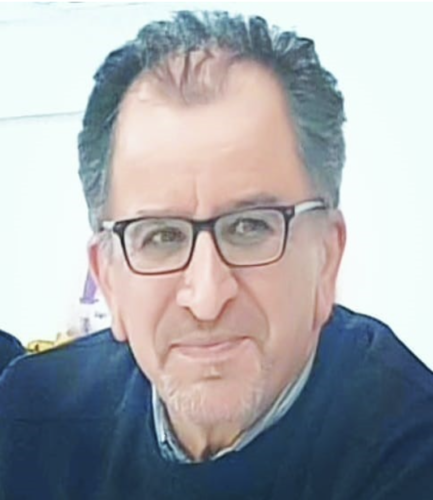 |
| Zabih (Fary) Ghassemlooy |
| Professor |
| Northumbria University |
| UK |
Sessions C-Chairs:
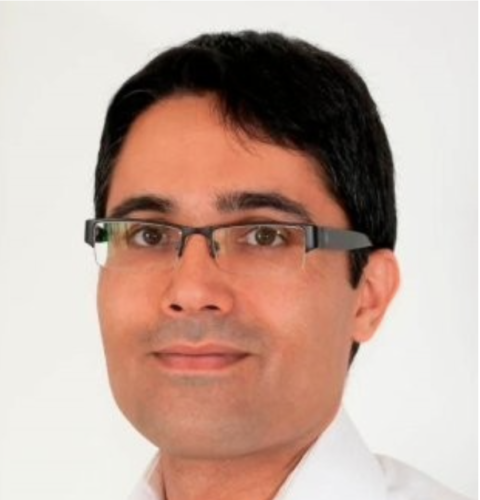 |
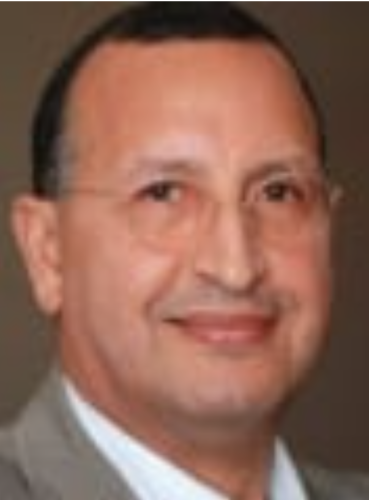 |
| Ali Khalighi | Latif Ladid |
| Associate Professor | Founder & President |
| Ecole Centrale Marseille | IPv6 Forum |
| France | Luxembourg |
Zabih Ghassemlooy (Fellow, SOA; Fellow, IET; Senior Member, IEEE), CEng, BSc (Hons.) in EE Engineering, Manchester Metropolitan Univ., (1981), MSc (1984) and PhD (1987) from Manchester Univ., UK. 1987-88 as a Post-Doctoral Research Fellow at City Univ., UK. 1988-2004 joined Sheffield Hallam University, UK, and 2004-14 joined Faculty of Eng. & Env., Northumbria University, UK as an Associate Dean Research, and currently is the Head of Optical Communications Research Group. He is a Research Fellow (2016-) and a Distinguished Professor (2015-) at the Chinese Academy of Science. He was the Vice-Chair of EU Cost Action IC1101 (2011-16) and is Vice- Chair of the EU COST Action CA19111 NEWFOCUS (European Network on Future Generation Optical Wireless Communication Technologies, 2020-2024). He has published over 900 papers (more than 355 journals and 8 books), 100 keynote/invited talks, supervised 10 Research Fellows and 65 PhD students. His research interests are in the areas of optical wireless communications, free space optics, visible light communications, hybrid RF and optical wireless communications. He is the Chief Editor of the British Journal of Applied Science and Technology and the International Journal of Optics and Applications, Associate Editor of a number of international journals, and Co-guest Editor of a number of special issues OWC. He is the Vice-Chair of OSA Technical Group of Optics in Digital Systems (2018-). He is the Chair of the IEEE Student Branch at Northumbria University, Newcastle (2019-). From 2004-06 he was the IEEE UK/IR Communications Chapter Secretary, the Vice-Chairman (2006-2008), the Chairman (2008-2011), and Chairman of the IET Northumbria Network (Oct 2011-2015).
Ali Khalighi (Senior Member, IEEE) is Associate Professor with École Centrale Marseille, Marseille, France, and head of “Optical Communications for IoT” group at Fresnel Institute research lab. He is currently serving as Project Coordinator for the H2020 ITN MSCA VisIoN project (Visible-light-based Interoperability and Networking) and Action Chair for the COST Action CA19111 NEWFOCUS (European Network on Future Generation Optical Wireless Communication Technologies). He has co-edited the book “Visible Light Communications: Theory and Applications” (CRC Press, 2017) and was the co-recipient of the 2019 Best Survey Paper Award of the IEEE Communications Society. He is also serving as Editor-at-Large for the IEEE Transactions on Communications, and served as Associate Editor for the IET Electronics Letters as well as Guest Editor for the IEEE Open Journal of the Communications Society and Elsevier Optik journal. His main research interests include signal processing for wireless communication systems with an emphasis on the physical layer aspects of free-space, underwater, and indoor visible-light optical communications
Latif LADID, Founder & President, IPv6 FORUM (www.ipv6forum.org ); Member of 3GPP PCG (Board) (www.3gpp.org); IEEE 5G World Forum founding co-chair, Emeritus Trustee, Internet Society – ISOC (www.isoc.org); IPv6 Ready & Enabled Logos Program Board (www.ipv6ready.org); Chair, ETSI IPE/IPv6 Industry Specification Group; Member of Future Internet Forum EU Member States (representing the Luxembourg government).
